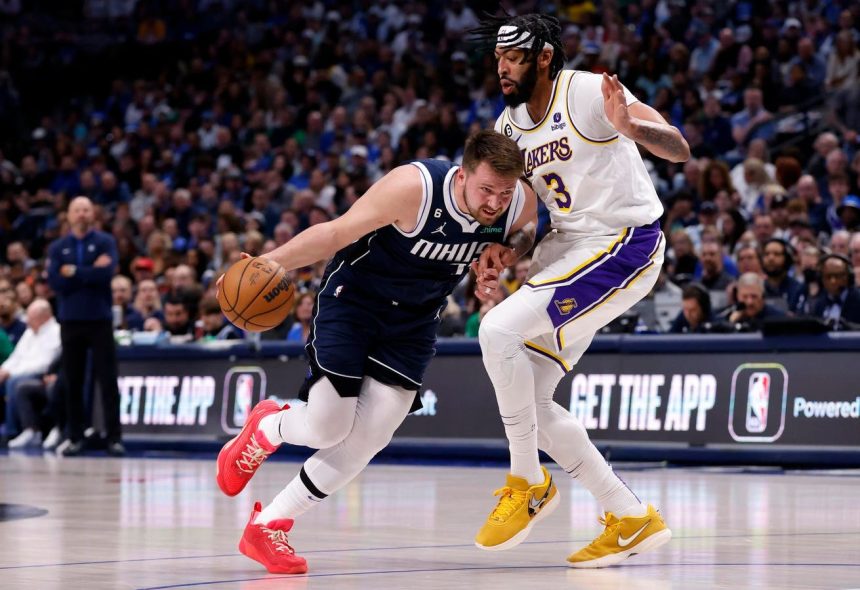Paragraph 1: In a move that sent shockwaves through the NBA, the Dallas Mavericks traded superstar Luka Dončić to the Los Angeles Lakers in a three-team deal that also involved salary cap considerations. The trade, which brought Anthony Davis, Max Christie, and a 2029 first-round pick to Dallas, was met with widespread disbelief and raised questions about the Mavericks’ decision-making. Dončić, a five-time All-NBA First Team selection, had recently led the Mavericks to the NBA Finals and was considered one of the league’s most promising young talents. The trade defied conventional wisdom, as players of Dončić’s caliber are rarely traded during their prime.
Paragraph 2: The initial reaction around the league was overwhelmingly in favor of the Lakers. NBA executives, agents, and coaches were baffled by the Mavericks’ willingness to part with their franchise cornerstone. While acknowledging the potential upside for the Lakers, many questioned the logic behind Dallas’ move. Behind the scenes, concerns about Dončić’s conditioning and long-term health reportedly motivated the Mavericks’ decision. These concerns, coupled with the impending massive contract extension Dončić was eligible for, prompted the Mavericks to explore trade options rather than face a potentially turbulent offseason.
Paragraph 3: The Mavericks cited Dončić’s “constant conditioning concerns” and “lack of discipline regarding his diet and conditioning” as key factors in their decision to trade him. These issues were believed to be contributing factors to Dončić’s injury woes, including a calf strain that sidelined him for a significant portion of the current season. The Mavericks were hesitant to commit to a five-year, $345 million supermax extension given these concerns, leading them to proactively trade him before he could potentially opt out of any future contract. This preemptive move aimed to avoid the anticipated scramble from other teams vying for Dončić’s services.
Paragraph 4: Financially, the trade offered the Mavericks some potential flexibility. Anthony Davis, acquired in the trade, had recently signed a three-year extension with the Lakers, earning slightly less than Dončić’s projected supermax salary in the coming years. The Mavericks hoped to convince Davis to decline his player option and re-sign at a lower annual salary on a long-term deal, further enhancing their financial flexibility. However, the trade also raised concerns about the Mavericks’ championship window. With both Davis and newly acquired Kyrie Irving entering their thirties, the team’s timeline for contention appeared to have been significantly shortened.
Paragraph 5: The Lakers, on the other hand, appeared to have landed a generational talent in Dončić, providing them with a cornerstone player for the post-LeBron James era. Davis, while a highly talented two-way player, was viewed as more of a secondary star than a true franchise leader. For the Mavericks to salvage the trade, they needed either Davis and Irving to propel them to a championship or Dončić’s acquisition to backfire spectacularly on the Lakers, perhaps through injury or free agency departure. Given Dončić’s historical production and unique skill set, skepticism about the Mavericks’ side of the trade remained pervasive.
Paragraph 6: The Mavericks’ general manager, Nico Harrison, defended the trade, emphasizing the importance of defense and Davis’s two-way impact. He expressed confidence that Davis, alongside other recent acquisitions like P.J. Washington and Dereck Lively II, would bolster the team’s defensive capabilities and create a championship-caliber roster. However, Davis’s own injury history presented a significant risk for the Mavericks. Harrison’s gamble on Davis’s health and ability to anchor the team on both ends of the court represented a massive wager, especially considering the cost of potentially losing an all-time great player in Luka Dončić. The long-term implications of this trade remained uncertain, with the potential for both immense success and colossal failure hanging in the balance.



